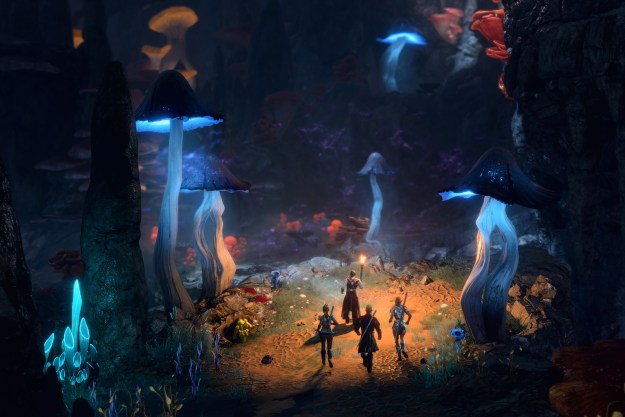
A career-crowning achievement as monumental as Baldur’s Gate 3 doesn’t come out of nowhere. From Divinity to Dungeons & Dragons, Larian Studios has long been one of the loudest advocates for rich storytelling and true, meaningful freedom in Western RPGs.
Larian Studios’ story is a rags-to-riches tale about a group of passionate developers whose deep and diverse portfolio of games piled up for nearly three decades before Baldur’s Gate 3 ever saw the light of day. Amid canceled projects, Larian narrowly skirted total bankruptcy. In order to survive, there are several points in its history when the independent studio experimented. There were dives into real-time strategy, educational games for the Belgian kids’ TV station Ketnet, the Diablo-esque Divine Divinity, and Divinity 2: Ego Draconis, a third-person action RPG built on Bethesda’s Gamebryo engine.
It’s an eclectic list of projects that underlines a truth about the artistic process. You don’t build a masterpiece without some trial and error along the way, and Larian’s artistic journey proves that lessons can be learned in even the most unconventional places.
The L.E.D. Wars (1997)
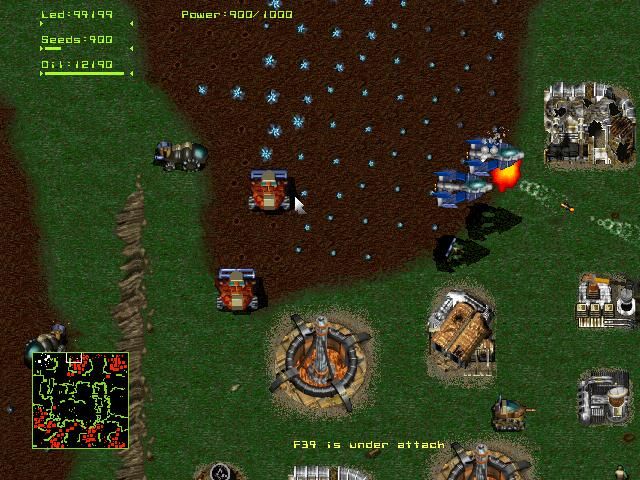
Larian Studios lost not one, but two publishing deals for its original RPG, tentatively titled Ragnarok Unless (later The Lady, The Mage, and The Knight) before ever successfully launching any game at all. According to Robert Zak’s 2019 interview of Swen Vincke, the Larian team ended up scrapping its original vision for a deep, co-op-capable, story-driven roleplaying game much like what we now see in Baldur’s Gate 3. Instead of diving right back into the roleplaying world, Vincke and the remaining Larian staff ended up doing work-for-hire projects for the Belgian government while working on their own real-time strategy game.
Coming out roughly between the release windows of Warcraft 2 and Starcraft, both of which invariably dominated the real-time strategy landscape for years, Larian’s The L.E.D. Wars silently gave its own spin on the genre with what was known at the time as the most advanced and challenging AI in any RTS game According to MobyGames, it’s still considered one of the most difficult in the genre, which is impressive given that Larian’s small team only spent six months developing the entire game.
Divine Divinity (2002)

Five years after its initial debut, Larian returned to PC gaming with the rather obviously Diablo-inspired Divine Divinity and its sequel, Beyond Divinity. Both ARPGs received critical acclaim for their far deeper questing and character customization systems in comparison to Diablo 2. The latter was single-note by comparison, but came with more polish and Blizzard backing its commercial success. Unfortunately for Larian, the early Divinity games didn’t catch on quite as well with the broader RPG audience, and it would take far longer for Divinity to become a household name.
KetnetKick (2004)
Creating hardcore PC games was one way to earn favor with gamers, but Larian had bills to pay. It would need to take an unexpected detour to keep producing the kinds of games it was interested in. In the early 2000s, Larian teamed up with Belgian TV provider VRT to create a game for the kids station Ketnet. The result was a game called KetnetKick, an educational platformer that’s designed to teach kids basic math and other important concepts and that resembles a simplistic version of Super Mario 64. Larian still features the old trailers and cutscenes from their old Ketnet games on its YouTube channel, and frankly, they’re a hoot to watch in 2024.
Creating games like KetnetKick allowed Vincke and the growing Larian team time to learn lessons and gather resources as they worked toward their true passion: role-playing games. And we saw that take shape with the Divinity series’ jump into fully 3D environments in Divinity 2.
Divinity 2: Ego Draconis (2009)
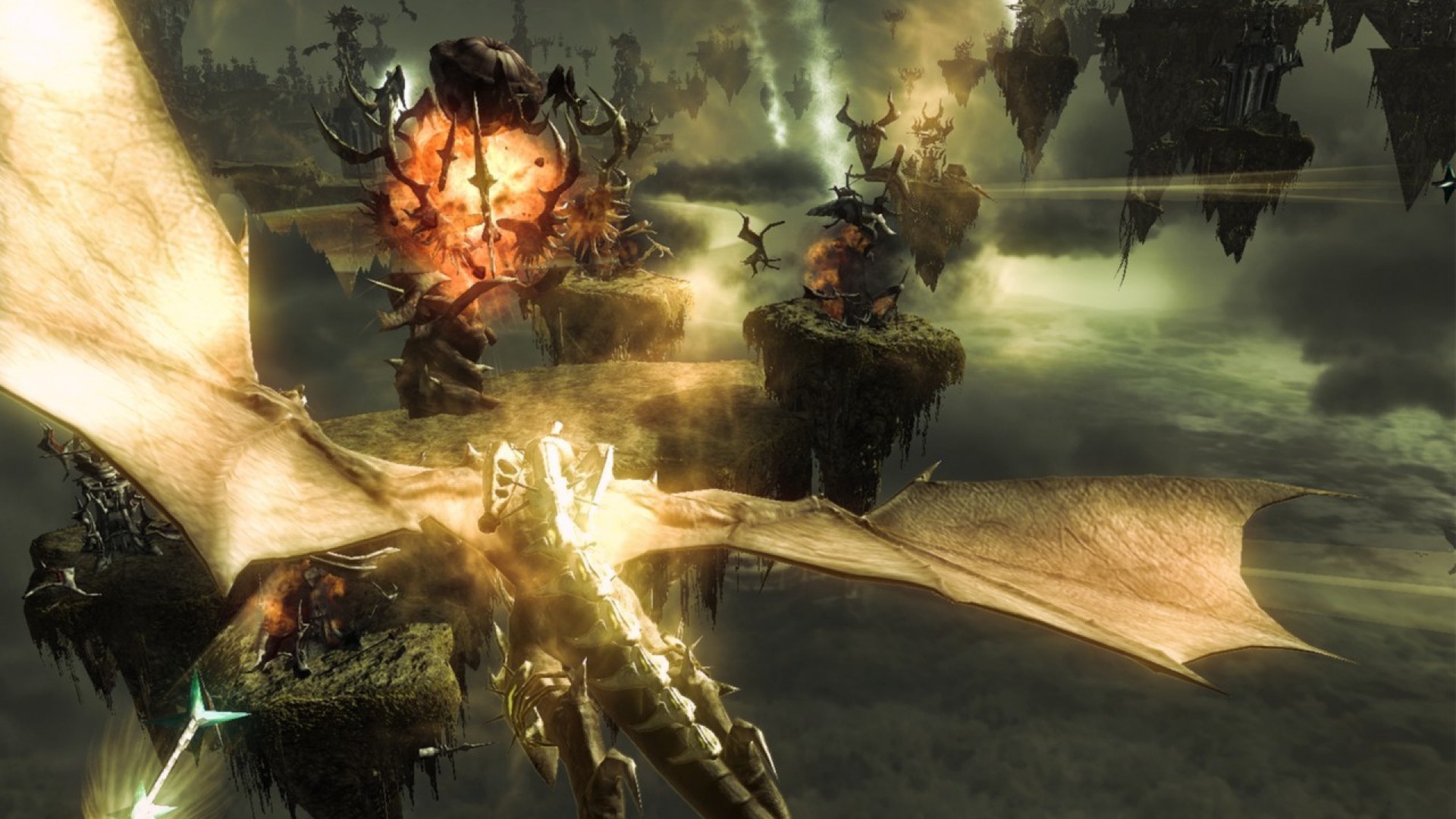
When people say “Divinity 2,” the first game that may come to mind is the highly successful CRPG Divinity: Original Sin 2. But older fans know what’s up. Divinity 2: Ego Draconis — you can currently buy the definitive edition of the game, Divinity 2: Developer’s Cut, on Steam — represented Larian’s shift back into the Divinity series after a five-year hiatus. Larian used the lessons learned from developing its educational games to bring the series to glorious 3D. It featured tons of action combat, plenty of lovingly nerdy fantasy writing, and its most iconic sequences had you riding a dragon. It also used Bethesda’s Gamebryo engine, the very same engine used to create Starfield.
Monkey Labs (2009)
While Divinity 2 was getting its expansions — and eventually, a developer’s cut — between 2009 and 2012, Larian split its resources and went to work on a few more educational games. According to a press release featured on GamesIndustry.biz in September 2009, Monkey Labs utilized the power of bananas (and once again, Bethesda’s Gamebryo engine) to teach Belgian students between ages 7 and 14. Larian uniquely designed it to accompany real textbooks used in real Belgian classrooms rather than a TV show on a network, aà la KetnetKick. Its sequel, 2011’s Monkey Tales, even made a splash in the PC gaming world when it was released on Steam in 2014.
Divinity: Dragon Commander (2013)
Flying dragons around a massive battlefield is a very cool concept! You can do that in Divinity: Dragon Commander, which shows off everything Larian had learned about roleplaying games and real-time strategy up to its release in 2013. It’s also the first time we see the art style for Divinity: Original Sin and its sequel begin to take shape with vibrant, bold character designs and artwork that evoke the imagination. Its strategy elements were received decently among critics, but its charming tone and unique role-playing tie-ins are what truly set it apart.
Divinity: Original Sin (2014)
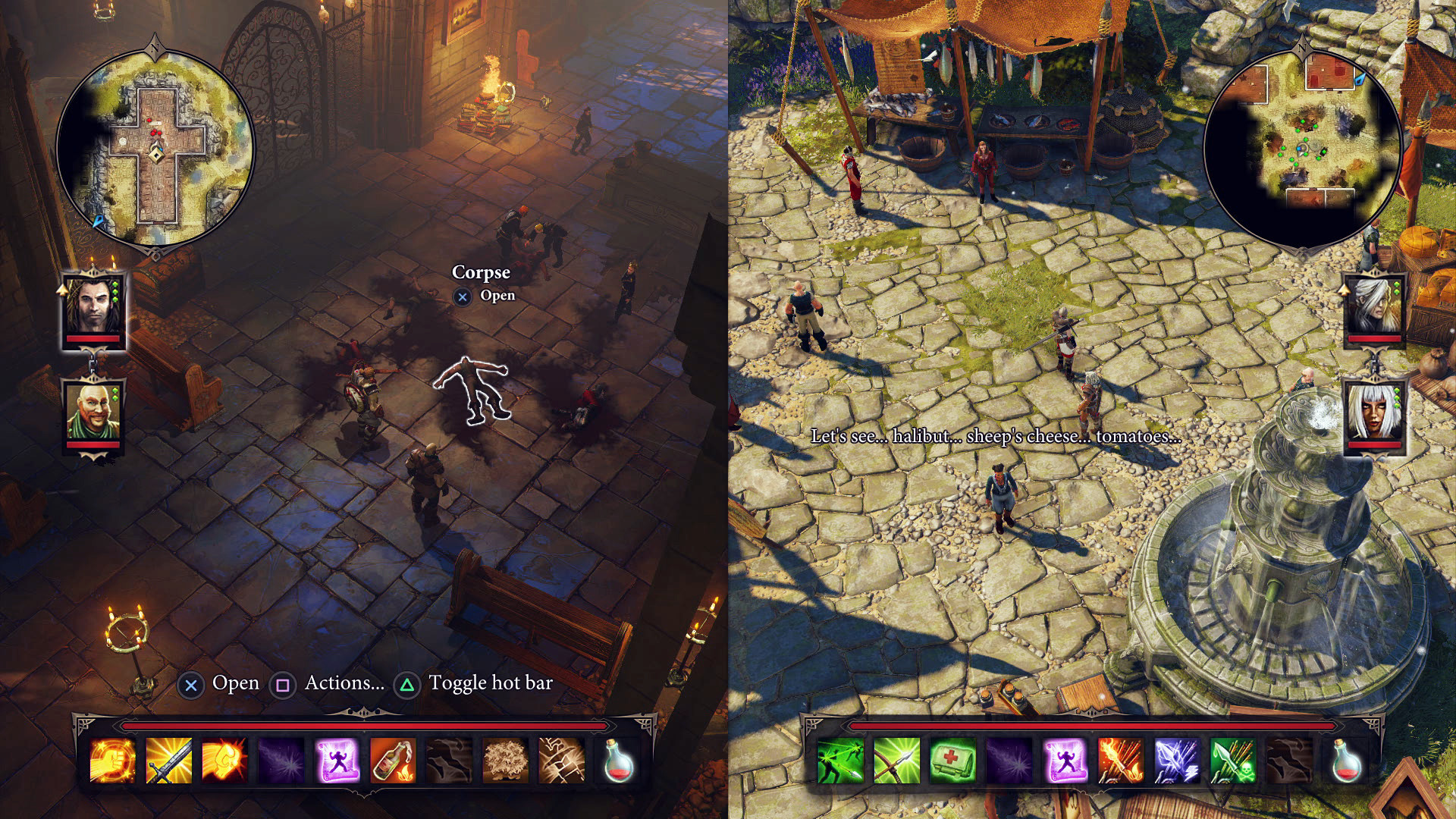
Finally, we get into proper CRPG territory with 2014’s Divinity: Original Sin. This was Larian’s first attempt at what would eventually become its signature style, introducing an open-ended fantasy world full of humorous quests. But what truly made it stand out was its deep character customization systems and effortless co-op system, which let players and one friend complete the entire campaign while aiding or sabotaging one another’s progress. This set the stage for what would ultimately become the mega-innovative Origin characters systems in Divinity: Original Sin 2 and Baldur’s Gate 3, where handmade characters could each have motives and imperatives of their own that conflicted with one another organically without derailing the story.
Divinity: Original Sin 2 (2017)
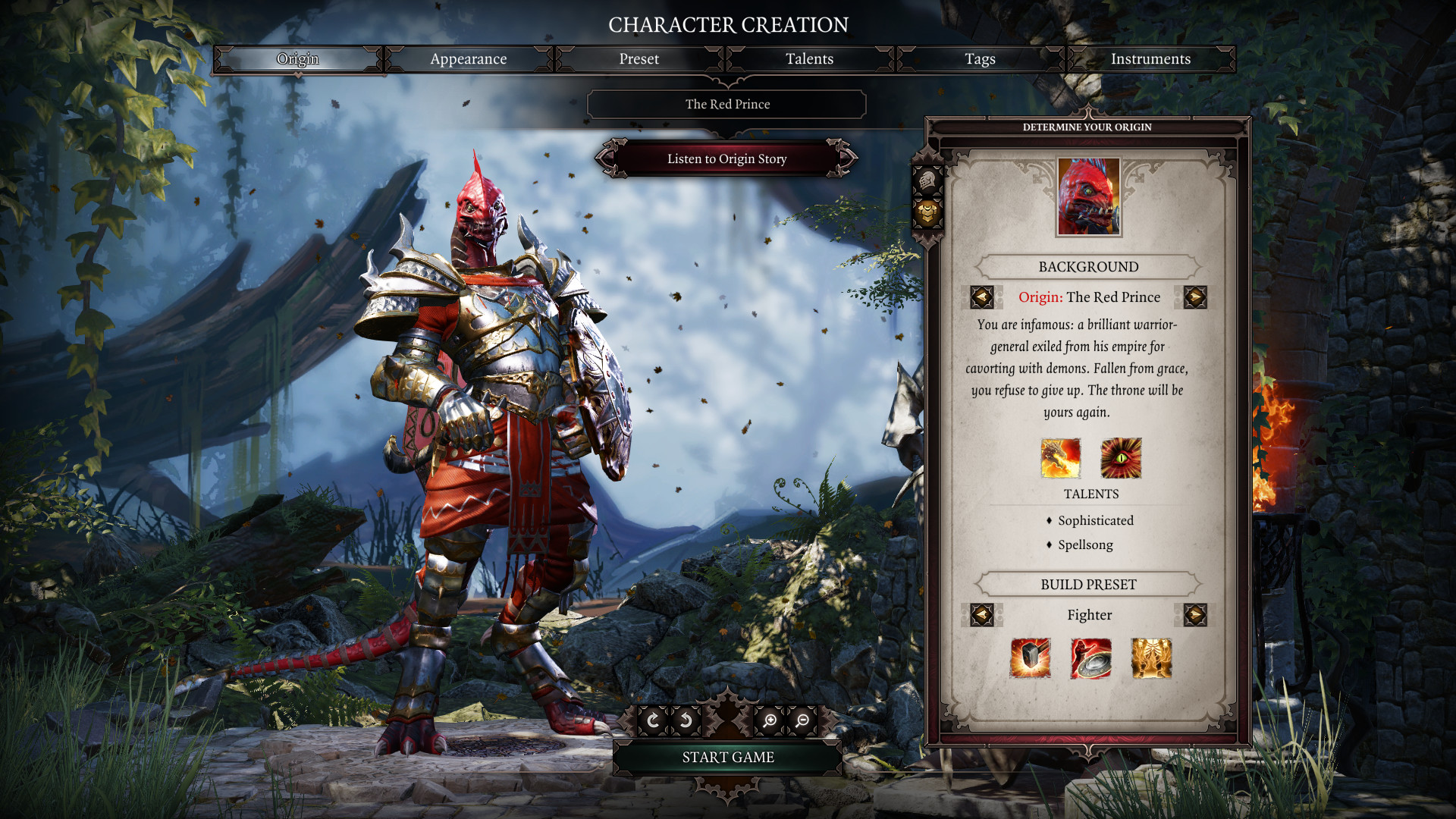
Before there was Baldur’s Gate 3, there was Divinity: Original Sin 2. In fact, there would not be a Baldur’s Gate 3 if not for the incredible commercial and critical success Divinity: Original Sin 2 garnered for Larian Studios. Everything we loved about the former took shape in the latter, and though it could still technically be considered an indie game for its time, its 100-plus-hour length, deep and immersive worldbuilding, and believably written and voice-acted characters represented the first true shift away from what we typically think of when we talk about indies. This was the moment Larian Studios launched off the ground and became the studio we cherish today, and if you’re pining for a fantastic RPG to follow up a playthrough of Baldur’s Gate 3, there are few better — at least, in the same isometric style — than Divinity: Original Sin 2. Just be warned that it’s even more difficult than Baldur’s Gate 3.
Baldur’s Gate 3

All of this built to one magnum opus: Baldur’s Gate 3.
As a genre, isometric CRPGs tend to play like giant choose-your-own-adventure books. They offer unprecedented levels of depth, conveyed through lovingly crafted text passages and often less-than-stellar graphics that give the developers tons of leeway to put the focus squarely on player choice and storytelling that evokes the imagination. Larian Studios bucked that trend with its two Divinity: Original Sin games, but never before has there been a CRPG with the level of cinematic flair and lifelike character performances that also somehow manages to be deeper and more open-ended than any other CRPG out there. That wouldn’t have been possible without decades’ worth of failure, experimentation, and triumph.
Editors' Recommendations
- Baldur’s Gate 3 isn’t getting DLC or a sequel from Larian, and that’s OK
- Baldur’s Gate 3 Patch 5 adds new modes that can make the game easier or harder
- Baldur’s Gate 3 Patch 1 improves the game in over 1,000 ways
- I beat Baldur’s Gate 3 in 30 hours (and killed everyone in the process)
- Baldur’s Gate 3 and Hades have made me an early access believer



